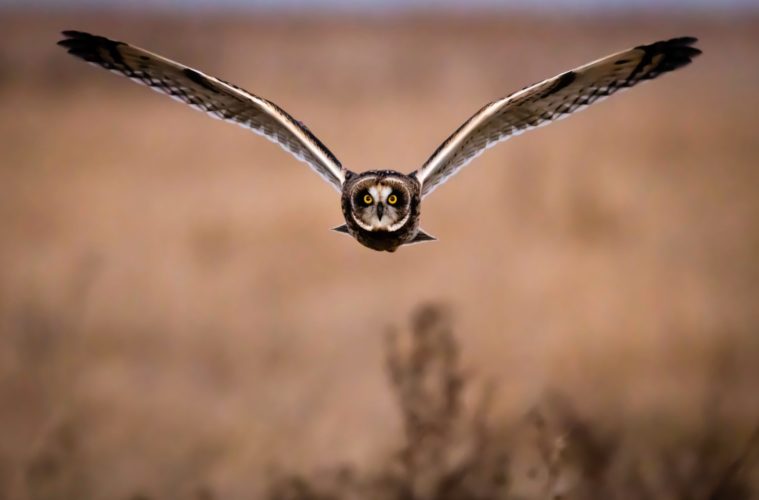Owls have a long and storied history in human culture, appearing in everything from ancient mythology to the Harry Potter books. But there’s much more to these amazing creatures than their place in pop culture. Here are six fascinating facts about owls that you might not know.
1. There Are 200 Different Types of Owls
Most people are familiar with the classic barn owl or snowy owl, but did you know that there are actually around 200 different species of owls spread across the world? Each species has its own unique characteristics, including size, coloration, diet, and range. The smallest owl is the elf owl, which is just over 5 inches tall and weighs less than 3 ounces!
2. Owls Have Incredible Vision
Owls have incredibly powerful eyesight – some can even see in ultraviolet light! This allows them to hunt small animals like mice at night with ease. They also have an impressive field of vision; most owls can turn their heads 270 degrees without moving their bodies! This gives them an unparalleled advantage when it comes to spotting potential prey or predators.
3. Owls Don’t Make Very Much Noise
Though they are often portrayed as hooting loudly in movies and stories, most owls actually make very little noise while they’re flying or hunting. In fact, many species of owl have a soft “whisper” instead of a loud hoot that helps keep them hidden from prey and predators alike!
4. Owls Eat A Lot Of Food
Owls may be small birds, but they eat like big ones! An adult owl can easily consume over 1,000 mice per year. While this may sound like a lot of food for such a small bird, it’s necessary in order for the owl to maintain its strength and energy levels throughout the year.
5. Most Owls Are Nocturnal Hunters
Most species of owl hunt during the night when their prey is most active – this includes rodents and other small mammals like rabbits and squirrels. However, there are some species that hunt during daylight hours as well; these include Northern Harriers (Marsh hawks) and Short-Eared Owls (Long-Eared Owls).
6. Some Species Of Owl Migrate Long Distances Each Year
Certain species of owls migrate long distances each year in search of food sources or better climates for breeding seasons – this includes the Snowy Owl which migrates between North America and Europe every year! Other migratory owls include the Northern Hawk Owl which migrates between Canada and Alaska each winter season as well as certain species of Short-Eared Owl which migrate between Canada/Alaska and Mexico/Central America annually depending on food availability in each region.
From their incredible vision to their nocturnal habits to their long-distance migration patterns, there’s so much more to learn about these amazing creatures than just what we see on our screens or read about in books – each one is unique and fascinating! We hope this article gave you some insight into why owls are such incredible birds – now go out there and learn more about them!
Advertising disclosure: We may receive compensation for some of the links in our stories. Thank you for supporting LA Weekly and our advertisers.

